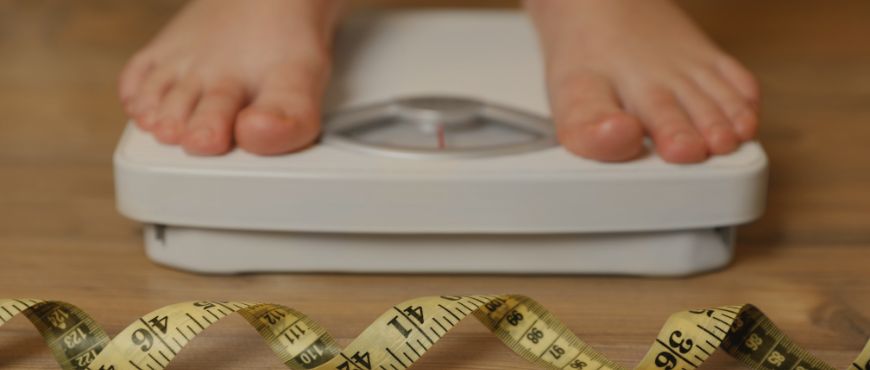In the health industry, fats are often seen as the villain. Many of us focus on finding new ways to get rid of body fat. But are fats really that bad? Let’s look at fats from a new perspective!
1. Fats as Energy Storage
Fats are stored in our bodies as adipose tissue, which acts as an energy reserve. White adipose tissue is more significant in metabolism than brown adipose tissue.
2. Fat as an Organ
Fat acts like an organ or an endocrine gland, secreting hormones such as leptin, which helps suppress appetite.
3. The Role of Adipose Tissue
Adipose tissue is a metabolic organ that plays a key role in regulating energy balance in the body.
4. Turning Fat into a Calorie-Burning Machine
Exposure to cold temperatures can turn your fat into a calorie-burning machine. Brown fat, also known as “good” fat, burns calories to generate heat, a process called thermogenesis. Newborns have the highest amount of brown fat, while adults have less.
5. The Balance of Fats
While too much fat can lead to obesity, too little fat can cause health issues. Low body fat percentages can lead to diabetes and, in females, can disrupt menstrual cycles and delay puberty.
6. Moving Fat, Not Losing It
While fat can’t be converted into something else, it can be moved. Cosmetic surgeries can transfer fat from one area to another, but these procedures can have side effects.
7. How Fat Leaves the Body
During exercise, burnt fat exits the body through sweat, breath, and urine. It doesn’t turn into muscle or vice versa.
8. Fat Cells: Number vs. Size
No matter how much fat you lose through diet and exercise, you can’t reduce the number of fat cells in your body. You can only reduce their size.
By understanding these aspects of fats, we can see that they’re not all bad. Fats play essential roles in our bodies, and maintaining a healthy balance is crucial for overall well-being. Embrace fats wisely and keep your body in balance!







